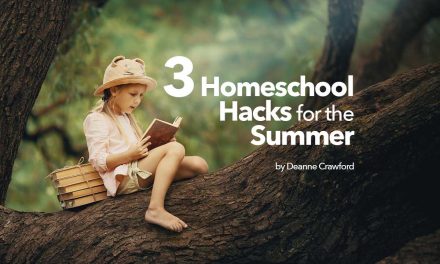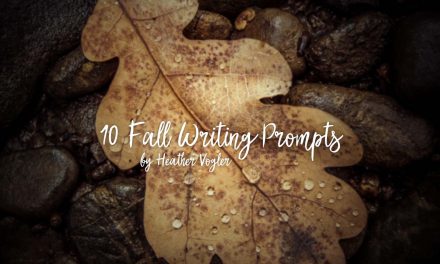As the Mom of outdoor-loving children, I quickly recognized the value of guided exploration outside of the four walls I always associated with our “classroom.” The keys here are gentle encouragement, accessible tools and bountiful time. We would spend hours in the yard observing, drawing (or photographing) and simply enjoying the tranquility of nature. As city dwellers, I would hang bird and squirrel feeders to encourage visitors and invested in various types of fish tanks for my children to learn first hand about zoology.
We also had our share of pets including dogs, cats, snakes, hamsters and the like. Three years into our homeschooling journey, we were blessed to move outside the city onto 2 acres of lakefront property.
While you do not need to live on a lake to enjoy nature, I encourage you to see if you can find a local body of water for your classroom. Water presents a wide range of activities that are educational for children of all ages. Observing water fowl, catching tadpoles and frogs, hunting turtles, fishing (and cleaning of caught fish), and the occasional Canadian Goose nest all provided my children a first-rate science education. Another favorite activity involved a microscope, lake water, pond water, a mud puddle and tap water. Dare I say that the viewing of each water source under our microscope was eye opening which provided for great discussion and in-depth research into water purification!
Although much has been written about young children and the great outdoors, I believe there is also tremendous value for older children out of doors. One of the most obvious educational outdoor experiences for children of all ages is Nature Study.
Whether you enjoy taking a stroll through the neighborhood, observing birds and insects you see along the way or silently hiking into the depths on the lookout for wildlife typically not seen, resources abound for expanding the educational value of your nature adventures.
One of my personal favorite resources is Clare Walker Leslie’s Nature Connection. This versatile book walks you through nature studies from becoming a naturalist, studying the season and the sky, and concluding with a month-by-month guide to the study of the nature. Included worksheets are available (and printable) online.
If your family is already immersed in the study of nature, why not encourage your children to take it deeper with advanced outdoor skills and survival techniques. Covering over 100 years of indispensable skills taught to the Boy Scouts of America, the Boys’ Life Book of Outdoor Skills gives practical advice covering camping, first aid, making friends with a pocket knife, archery instruction, gun safety, and my personal favorite, making a home rifle range.
Lest you feel intimidated by the complexity of skills in the Boys’ Life Book of Outdoor Skills, the Into the Great Outdoors series will appeal to city folk and country folk alike! This city girl first peeked at this series at a homeschool convention and immediately fell in love with it. Filled with practical advice, historical background of the sport, and safety tips along with techniques for success this is a perfect introduction for younger children or city folks wanting to learn more about the hunt.
At this point, I want to inject that survival and hunting skills are not for our sons only! As a mom of a tried and true “tom-boy,” my daughter first began hunting at the age of nine after completing our state hunter safety course. While she still waits to bag her first deer, she has learned patience, respect of the land, and most importantly, developed a special bond with her Dad and Grandfather while immersed in the hunt.
Whether great or small, your outdoor adventures offer tremendous benefits to your children educationally, physically, emotionally and spiritually as they admire and appreciate the beauty of creation. It is my hope this inspires and entices you to experience the wonders and joys of the world that awaits you out of doors.
Enjoy the Journey,
Deanne





